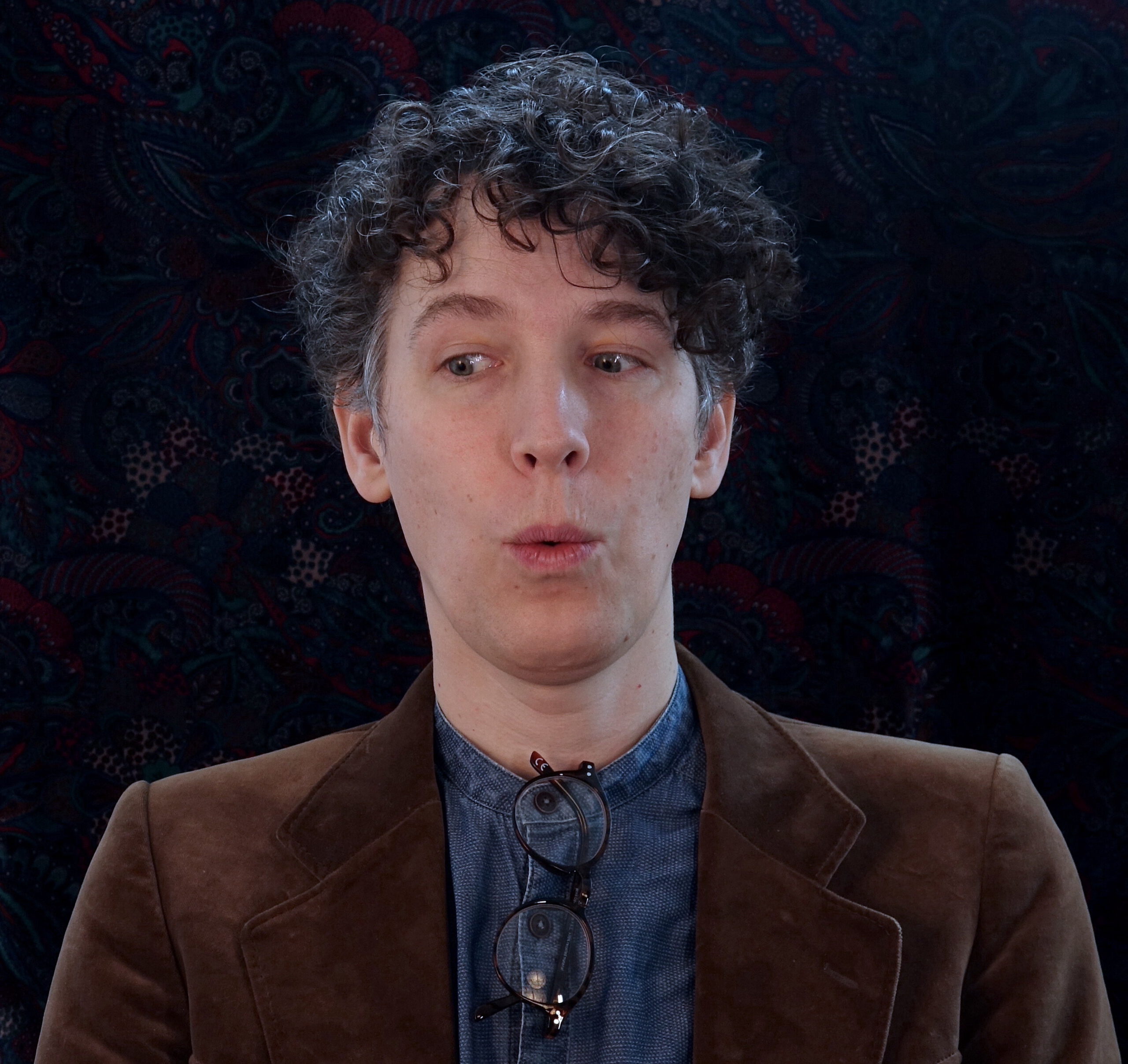Abstract: In 1974, Karen Thacker, the technophobe wife of Xerox hardware designer Charles “Chuck” Thacker, was introduced to a Xerox Alto running Bravo editing software, and commented, “You mean, what I see is what I get?” WYSIWYG thus enters the lexicon: an ironically cryptic acronym considering it stands for user-friendliness. Mensural notation is not WYSIWYG, something that 15th and 16th century composers seem not to fear but rather, embrace. From transformative treatments of plainsong to mystifying canonic inscriptions, a generative gap—between the visible and the auditory—seems to run through every facet of musical practice. This gap takes, and makes, space. To distort, reimagine, recognise and liken sight to sound, opens up a landscape not so different from that explored by visual artists in the Renaissance. In developing the technique to represent three-dimensional objects as they are not—as projections on a canvas—artists like Leon Alberti, Leonardo da Vinci and Albrecht Dürer are also compelled to distort and reimagine the material they work with. From the fine art of foreshortening and linear perspective, to the stretched and skewed world of anamorphosis, their intentions speak to a reality beyond the apparent. What you see is not what you get. The attempt to capture that reality on a two-dimensional surface becomes in itself a reflection on the same gap that occupies the polyphonists. Through a series of musical examples we’ll consider the materiality of imagined spaces and their relationship to the notational canvas.
